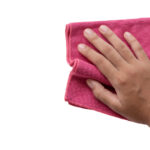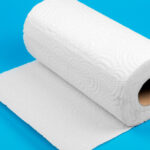Pima cotton is a premium type of cotton known for its exceptionally soft and durable fibers.
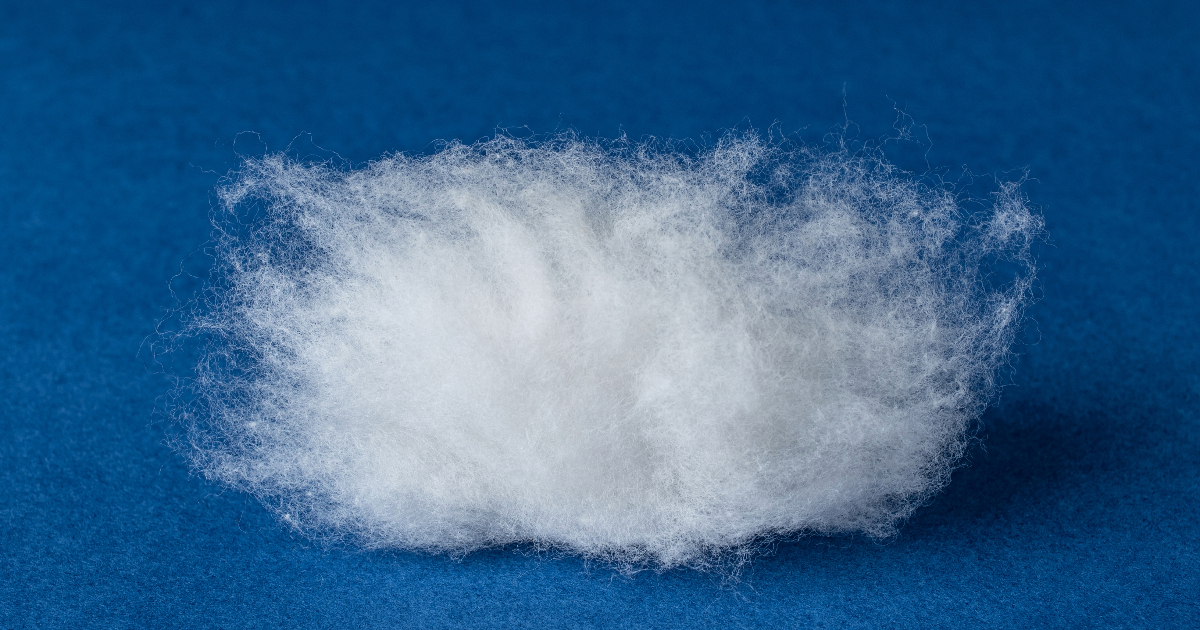
Originally grown in Peru, it gets its name from the Pima Native Americans who helped cultivate it in the southwestern United States.
A Rare and Luxurious Fabric
Pima cotton comes from a species of cotton plant called Gossypium barbadense that produces extra-long fibers, measuring between 1.4 to 2 inches. This is much longer than regular cotton fibers, which max out at around 1.1 inches. When these long fibers are spun into yarn and woven into fabric, the result is an ultra-soft material with a silky texture.
Because the Pima cotton plant thrives only in hot, dry climates, global production is limited. Pima accounts for less than 5% of cotton grown worldwide, making it far rarer and more expensive than common cotton. However, its exceptional qualities make Pima cotton highly prized for luxury clothing and bedsheets.
Key Characteristics and Benefits
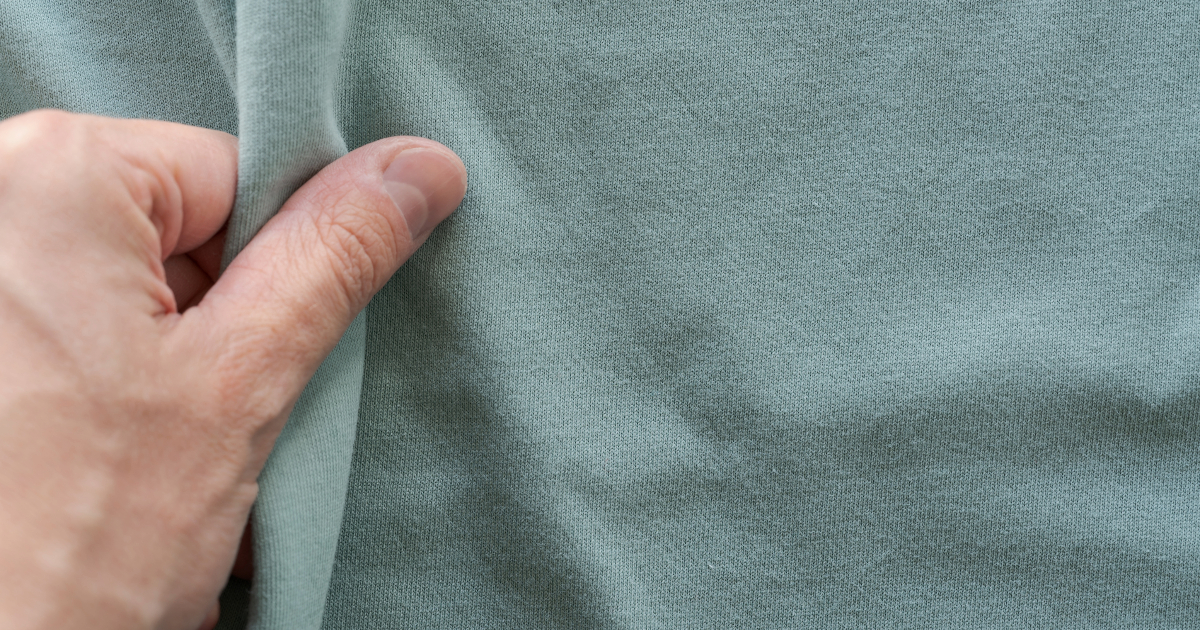
There are several characteristics that set pima cotton apart:
Extreme Softness
The most notable feature of Pima cotton is its incredible softness and smooth feel. The long fiber length allows the cotton to be spun into fine, strong yarns with a luxurious texture. Pima fabric is softer than silk and feels gentle even on sensitive skin.
Strength and Durability
Pima cotton is 50% stronger than regular cotton and resists fraying or tearing. It also has natural elasticity so fabrics retain their shape. The strong, smooth fibers pill less and withstand many washings while maintaining softness. Pima cotton items often last 2-3 times longer than regular cotton.
Breathability and Moisture Control
The breathable Pima cotton fibers allow excellent airflow, whisking moisture away from the skin and keeping you cool and comfortable. Pima cotton’s natural absorbency also makes it perfect for towels and bathrobes.
Easy Care
Despite its luxurious feel, Pima cotton is machine washable and dryer-safe when using a delicate cycle. It resists shrinking and retains its softness wash after wash. Low heat is recommended for drying to avoid damage.
Affordability
While more expensive than regular cotton, Pima cotton costs less than other luxury cotton like Egyptian cotton. For quality, Pima cotton bedsheets and clothing offer good value compared to premium fabrics.
Origins and History
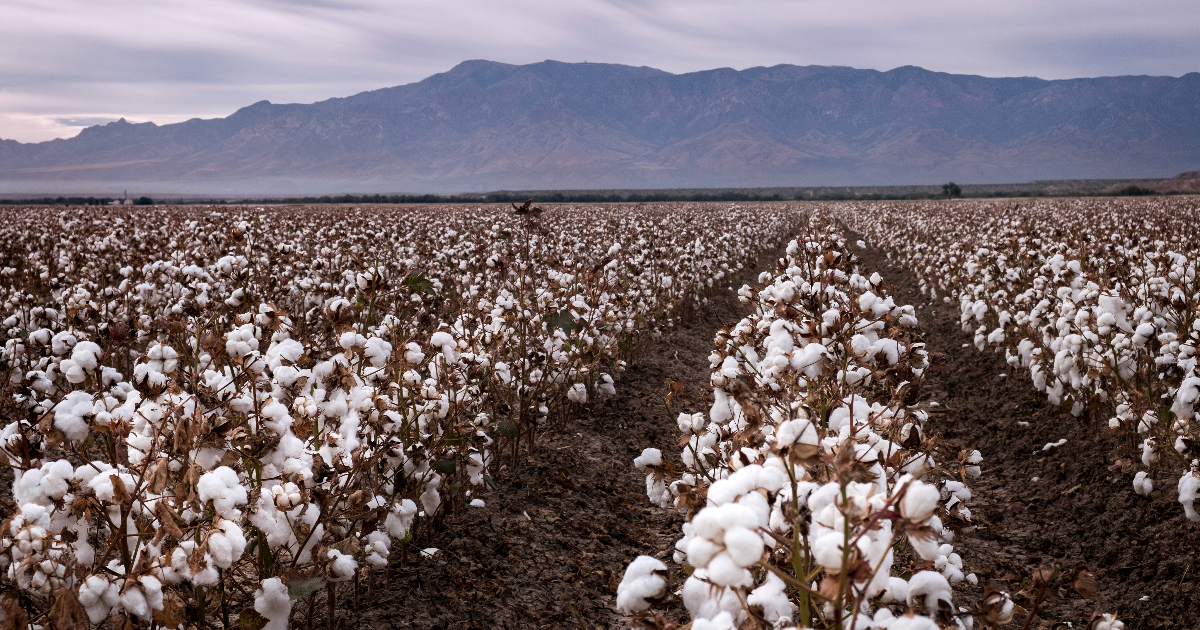
Pima cotton traces its roots to Peru, where the extra-long fiber Gossypium barbadense cotton grew naturally in the hot, arid climate. It was likely cultivated in Peru as early as 3000 BC before being exported worldwide by European colonists.
Pima cotton expanded in the United States in the early 1900s when the Department of Agriculture collaborated with Native American Pima tribes to test Gossypium barbadense in the hot Southwest. The successful crops were named “Pima cotton” to honor these farmers.
Global Production
Today, the majority of Pima cotton comes from China and India. Smaller amounts are grown in the southwestern United States, Peru, and Australia. To thrive, Pima cotton needs consistent warm temperatures above 60°F and dry conditions. Too much rain or humidity diminishes quality.
In the US, pima production is concentrated in California, Arizona, New Mexico, and Texas. Only around 3% of US cotton is Pima. Lower yields compared to regular cotton and extensive manual labor contribute to pima’s high costs.
Making the Fabric
Producing high-quality Pima cotton requires careful hand-picking of the extra-long fibers. Machine-picking risks shortening the longest fibers. The fluffy balls are packed into bales and transported to textile mills.
Modern spinning equipment then cards and combs the fibers into smooth, untangled strands. These long Pima cotton strands are spun into fine, strong yarns. The yarns are woven, often in percale or sateen weaves, to produce the final soft Pima fabric.
How to Spot Authentic Pima Cotton
With Pima cotton’s popularity, many products now falsely claim to contain it. Up to 90% of fabrics labeled “Pima” or “Supima” cotton contain inferior blended fibers.
Check for certifications from organizations like the Supima Association that regulates American-grown pima. Reputable brands will promote proof of authenticity.
Also, buy from trusted retailers and compare prices. Bargain “Pima” items are red flags for blended imposter fabric. And of course, test by feeling – authentic Pima cotton is amazingly soft and silky.
Popular Uses
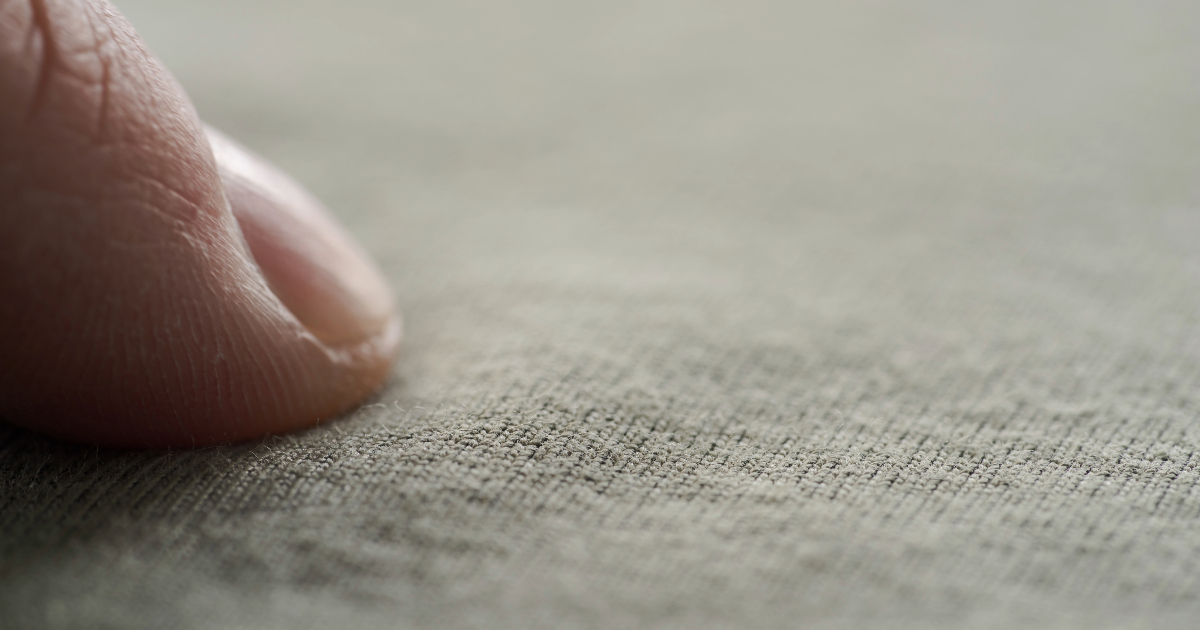
The ultra-soft luxury feel of Pima cotton makes it perfect for:
- Clothing – From t-shirts and dresses to underwear and hoodies, Pima cotton is featured in many high-end clothing lines. It’s especially nice for clothing touching sensitive skin.
- Bedsheets – Pima cotton sheets provide hotel-level softness and breathability. The smooth, pill-resistant fibers maintain quality after washing.
- Towels – Highly absorbent Pima cotton makes plush, gentle towels and bathrobes that are soft against the skin.
- Sleepwear – The light, breathable feel of Pima cotton pajamas and nightgowns promotes cozy comfort and restful sleep.
Pima Cotton vs. Other Fabrics
Supima Cotton
Supima is a regulated, top-tier type of American-grown Pima cotton overseen by the Supima Association. Guaranteed 100% pure Pima fibers make it even softer and more durable than generic Pima cotton.
Egyptian Cotton
Both Egyptian and Pima cotton come from Gossypium barbadense plants. However, “Egyptian cotton” refers specifically to cotton from Egypt. Prices are typically higher for Egyptian cotton due to prestige.
Organic Cotton
Organic cotton uses environmentally sustainable growing methods without pesticides. It can be made from Pima or other cotton types. Organic Pima cotton combines ultra-soft luxury fibers with eco-friendly production.
Why Choose Pima Cotton?
With its rareness and outstanding qualities, Pima cotton is one of the most luxurious forms of cotton in the world.
While costs are higher than regular cotton, the amazing softness, breathability, and durability make it a worthwhile investment for products in close contact with your skin. I
If you want everyday comfort and luxury you can feel, Pima cotton is an excellent choice.
FAQs
What makes Pima cotton different than regular cotton?
Pima cotton fibers are extra-long, measuring between 1.4 to 2 inches compared to a maximum of 1.1 inches for regular cotton. The longer length creates stronger, softer, smoother yarns that make exceptionally soft and durable Pima fabric.
Is Pima cotton better for sensitive skin?
Yes, the smooth texture and breathability of Pima cotton make it ideal for sensitive skin. It rarely causes skin irritation or overheating.
How much more does Pima cotton cost?
Pima cotton is around twice the price of regular cotton. However, it’s more affordable than other luxury cottons like Egyptian.
Does pima cotton shrink when washed?
Pima cotton is machine washable but best using a delicate, cold cycle. Tumble dry on low. Pima resists shrinking but excess heat can damage fibers.
Where is most Pima cotton grown?
Today the majority of pima cotton is grown in China and India. Smaller amounts come from the southwestern US, Peru, and Australia.
Conclusion
With its exceptionally long fibers, Pima cotton makes some of the softest, smoothest, and most durable cotton fabrics.
From luxurious bedsheets to comfortable tees and sleepwear, high-quality Pima cotton provides an affordable taste of luxury.
Just be sure to buy from reputable sources and check for certifications to ensure you’re getting authentic Pima cotton.



